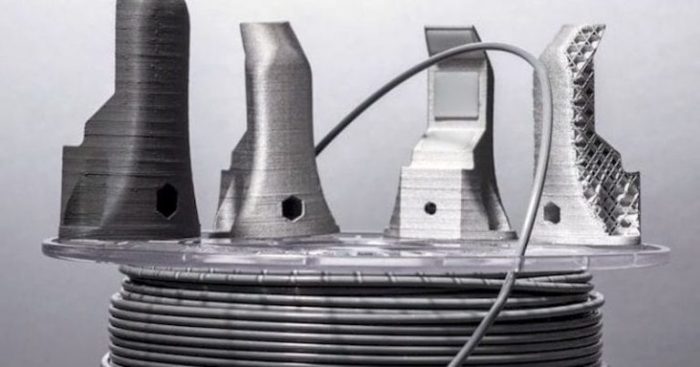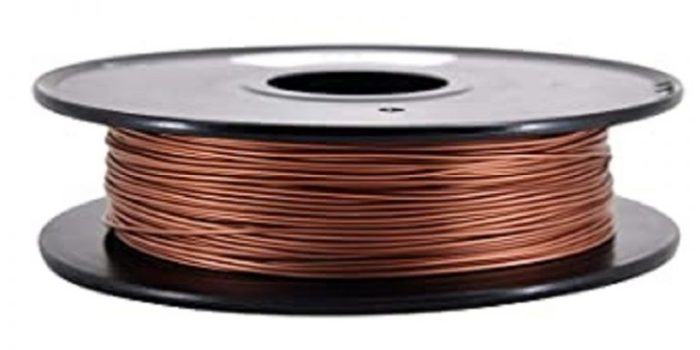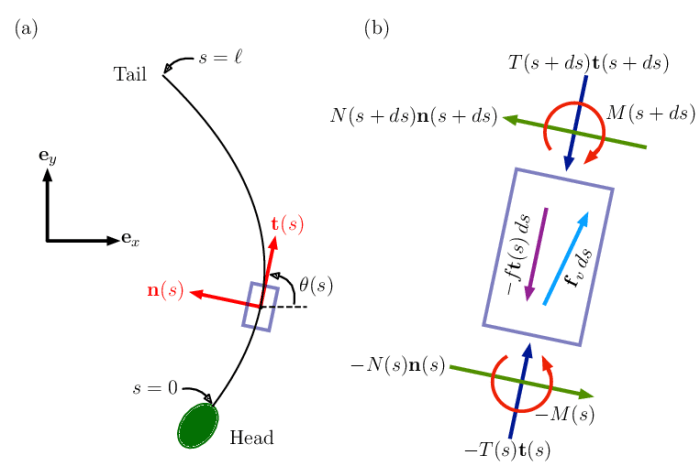A is a slender filament of drawn metal, a versatile material with a wide range of applications. Its unique properties, such as strength, flexibility, and electrical conductivity, make it an essential component in various industries. This article delves into the world of slender filaments of drawn metal, exploring their characteristics, applications, design considerations, and future advancements.
From intricate electronic devices to high-performance aerospace components, slender filaments of drawn metal play a crucial role in shaping modern technology. Their exceptional properties and versatility make them an indispensable material for engineers and designers seeking innovative solutions.
Definition of a Slender Filament of Drawn Metal

A slender filament of drawn metal is a thin, elongated strand of metal that has been produced by drawing or pulling the metal through a series of dies. This process reduces the diameter of the metal and increases its length, resulting in a filament that is both strong and flexible.
Slender filaments of drawn metal are typically made from high-strength metals such as steel, aluminum, or copper, and they can be produced in a variety of diameters and lengths.
Applications of Slender Filaments of Drawn Metal: A Is A Slender Filament Of Drawn Metal

Slender filaments of drawn metal are used in a wide variety of applications, including:
- Electrical wiring: Slender filaments of drawn metal are used as conductors in electrical wiring, as they are able to carry electrical current efficiently.
- Automotive parts: Slender filaments of drawn metal are used in a variety of automotive parts, such as springs, cables, and wires.
- Medical devices: Slender filaments of drawn metal are used in a variety of medical devices, such as stents, catheters, and surgical instruments.
Properties and Characteristics of Slender Filaments of Drawn Metal

Slender filaments of drawn metal have a number of unique properties and characteristics, including:
- Strength: Slender filaments of drawn metal are very strong, and they can withstand high tensile loads.
- Flexibility: Slender filaments of drawn metal are very flexible, and they can be bent or shaped without breaking.
- Elasticity: Slender filaments of drawn metal are elastic, and they can return to their original shape after being stretched or bent.
- Conductivity: Slender filaments of drawn metal are good conductors of electricity, and they can carry electrical current efficiently.
- Resistance: Slender filaments of drawn metal have high resistance to corrosion and wear, making them suitable for use in harsh environments.
Design Considerations for Slender Filaments of Drawn Metal
When designing with slender filaments of drawn metal, there are a number of factors to consider, including:
- Diameter: The diameter of the filament will determine its strength and flexibility.
- Length: The length of the filament will determine its resistance and inductance.
- Material composition: The material composition of the filament will determine its strength, flexibility, and conductivity.
Manufacturing Techniques for Slender Filaments of Drawn Metal

Slender filaments of drawn metal are typically produced using a process called wire drawing. In this process, the metal is first drawn through a series of dies, which reduce its diameter and increase its length. The dies are typically made of a hard material, such as diamond or tungsten carbide, and they are shaped to produce the desired diameter and shape of the filament.
Case Studies and Applications of Slender Filaments of Drawn Metal
Slender filaments of drawn metal have been used in a variety of successful applications, including:
- The Golden Gate Bridge: The Golden Gate Bridge in San Francisco, California, uses slender filaments of drawn metal in its suspension cables.
- The Hubble Space Telescope: The Hubble Space Telescope uses slender filaments of drawn metal in its optical instruments.
- The International Space Station: The International Space Station uses slender filaments of drawn metal in its electrical wiring.
Future Trends and Advancements in Slender Filaments of Drawn Metal
The future of slender filaments of drawn metal is bright. As new materials and manufacturing techniques are developed, the properties and applications of these filaments will continue to improve. In the future, slender filaments of drawn metal are likely to be used in a wider variety of applications, including:
- Medical devices: Slender filaments of drawn metal are likely to be used in more medical devices, such as implantable devices and drug delivery systems.
- Automotive parts: Slender filaments of drawn metal are likely to be used in more automotive parts, such as sensors and actuators.
- Electronics: Slender filaments of drawn metal are likely to be used in more electronic devices, such as batteries and capacitors.
FAQ Explained
What is the primary manufacturing process for slender filaments of drawn metal?
Drawing, a process that involves pulling metal through a series of dies to reduce its diameter and increase its length.
What are some common applications of slender filaments of drawn metal?
Electrical wires, cables, sensors, springs, and medical devices.
How does the diameter of a slender filament affect its properties?
Smaller diameters generally result in higher strength and flexibility.